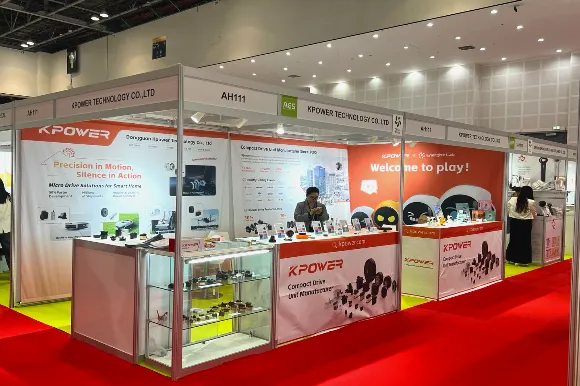Unlocking Precision: The Art and Science of Controlling Servo Motors
In the rapidly advancing realm of automation, robotics, and sophisticated machinery, servo motors stand out as heroes of precision. Their ability to deliver accurate rotary motion and position control has revolutionized industries from industrial manufacturing to consumer electronics. But behind this seemingly simple yet powerful device lies a complex interplay of engineering principles, control algorithms, and innovative technologies. This article journeys through the fundamental concepts, the intricacies of control methods, and the exciting future shaping how we harness servo motors.

Understanding the Basics of Servo Motors
Before diving into control techniques, it’s important to grasp what a servo motor fundamentally is. Unlike standard motors that run continuously until power is cut, servo motors are designed to respond to a specific command signal for precise positioning. They operate within a closed-loop system, meaning they constantly monitor their position and adjust accordingly to reach a desired target.
A typical servo motor comprises three main components:
The motor itself (commonly DC, AC, or brushless DC types) A feedback device (usually an encoder or potentiometer) A control circuit that interprets position commands and feedback
This configuration allows the servo to quickly and accurately reach a specific angle or position as dictated by an external signal, making the device ideal for applications requiring high precision.
Control Systems in Servo Motors
At the heart of servo motor operation is a control system—most often a closed-loop feedback mechanism—that continually adjusts the motor’s output to match the desired command. The basic process involves comparing the current position (feedback) with the target position (command), calculating the error, and then driving the motor to reduce this error to zero.
The essential components of such a control system include:
Sensors or feedback devices: These provide real-time data on the motor’s position or speed. Control algorithms: These process the feedback and determine how the motor needs to be driven. Actuators: The motor itself executes the commands based on control signals.
Throughout the years, various control algorithms have been developed to optimize the precision, speed, stability, and efficiency of servo systems.
Types of Control Techniques
There are several ways to control servo motors, each suitable for different applications and performance requirements:
Open-loop control: In this straightforward approach, only the command signal is sent to the motor without feedback. While simple, it lacks accuracy when load or environmental conditions change.
Proportional (P) control: Adjusts the motor’s response proportionally to the position error. It’s simple but can lead to steady-state errors and oscillations.
Proportional-Integral-Derivative (PID) control: The most prevalent method, combining three control actions—proportional, integral, and derivative—to improve accuracy and stability.
Proportional reacts to current error.
Integral accounts for accumulated past errors, eliminating steady-state error.
Derivative predicts future errors based on current rate of change, damping oscillations.
Model Predictive Control (MPC): An advanced algorithm that predicts future states based on models, optimizing control actions for complex systems.
Significance of Feedback Devices
The feedback device is a critical component—its quality and type directly impact the performance of the control system. Encoders are widely used, providing digital signals that represent angular position with high resolution. Potentiometers are simpler but might offer less precision and be more susceptible to wear and noise.
High-resolution feedback enables finer control, essential in robotic arms, CNC machines, and aerospace applications where slight deviations can lead to significant errors.
Challenges in Servo Motor Control
Despite technological advancements, controlling servo motors is not without challenges:
Nonlinearities: The relationship between voltage, current, and torque can be complex. Load variations: Changes in load can cause deviations from desired positions. Friction and backlash: Mechanical factors can hinder smooth motion. Sensor noise: Inaccurate feedback can lead to oscillations or drift. Tuning control parameters: Achieving optimal PID settings often requires meticulous experimentation or adaptive control strategies.
Understanding and mitigating these issues is essential for systems demanding the highest levels of precision and reliability.
Kpower has delivered professional drive system solutions to over 500 enterprise clients globally with products covering various fields such as Smart Home Systems, Automatic Electronics, Robotics, Precision Agriculture, Drones, and Industrial Automation.




































